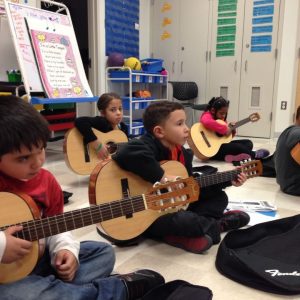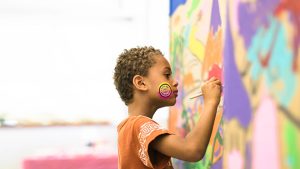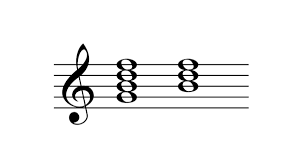Songwriting can be an incredibly rewarding creative outlet, allowing you to express emotions, tell stories, and connect with others through music. Whether you’re just starting or looking to improve your skills, writing a song involves a blend of creativity, structure, and practice. Here’s a step-by-step guide to help you get started.
1. Start with an Idea
Every song begins with an idea or inspiration. This can come from personal experiences, emotions, stories, or even random thoughts. Before you start writing, ask yourself:
• What message or story do you want to convey?
• What mood or feeling do you want to evoke?
Your idea could be a theme like love, heartbreak, or empowerment, or it could be based on a specific event or person in your life. Jot down any ideas or phrases that come to mind.
2. Choose Your Song Structure
Most popular songs follow a familiar structure, which helps listeners engage with the music. A typical song structure looks like this:
– Verse: Sets the scene or tells a part of the story.
– Chorus: The central part of the song, usually more melodic and repetitive, containing the main message or hook.
– Bridge: Offers contrast or adds depth by introducing a new perspective or musical element.
A common structure is:Verse – Chorus – Verse – Chorus – Bridge – Chorus.Feel free to experiment with other structures, but keeping things simple when you’re starting out can help.
3. Write the Lyrics

Once you have your idea and structure in mind, it’s time to write the lyrics. Focus on creating verses that build your story and a catchy chorus that summarizes your message. Some tips for writing lyrics:
– Be authentic: Write about things that resonate with you.
– Use imagery: Paint vivid pictures with your words to make the song more relatable.
– Keep it simple: Aim for clarity. Don’t overload the song with too many ideas or complex vocabulary.
If you get stuck, try free-writing or brainstorming for a set amount of time, then refine your lyrics later.
4. Create the Melody
The melody is what makes your song memorable. It’s the sequence of notes and rhythms that carry the lyrics. If you’re unsure where to start, you can:
– Hum or sing freely to see what naturally comes out.
– Experiment with different notes or scales on an instrument like a piano or guitar.
– Start with your chorus melody, as this is the most important part of your song.
Once you have a melody that you like, match it to your lyrics, adjusting words and phrases to fit the tune.
If you play an instrument like the guitar or piano, start experimenting with basic chords that complement your melody. Use chord progressions like C-G-Am-F (a popular choice in many genres) or create your own. The chords will form the harmonic structure of your song, giving it depth and emotion.
Even if you don’t play an instrument, you can use software or online tools to generate chord progressions and harmonies to fit your melody.
6. Work on the Rhythm
Every song needs a rhythm or beat to keep it moving. Your rhythm will depend on the genre and style of your song. For example, a ballad might have a slower, more deliberate rhythm, while a pop or dance track will have an upbeat tempo.
You can experiment with clapping, tapping, or using a drum machine to find the right groove for your song. A steady rhythm will make your song more engaging and easier to follow.
7. Refine and Edit
Songwriting is a process of refinement. Once you have your basic lyrics, melody, and chords in place, step back and review your work:
– Does the song flow naturally from verse to chorus?
– Is the message clear?
– Are there any sections that feel too long or too short?
Don’t be afraid to revise, simplify, or change parts of the song as you go. Sometimes, taking a break and returning with fresh ears can help you spot areas for improvement.
8. Record and Share
Once you’re satisfied with your song, it’s time to bring it to life. Even a simple recording using your phone or a basic microphone can give you an idea of how your song sounds. If you have access to recording software, you can experiment with layering vocals, adding harmonies, or including instrumental parts.
Finally, share your song with others! Whether it’s playing for a small group of friends, uploading to social media, or performing at a local open mic, sharing your work can be a fulfilling part of the process.
Conclusion
Writing a song is an exciting journey of self-expression. It doesn’t have to be perfect, especially at first. Focus on having fun and exploring different ideas. Over time, with practice, you’ll develop your own voice and style. Whether you’re aiming to write a hit or just looking to create something personal, songwriting is all about finding joy in the process.

 Travel4 weeks ago
Travel4 weeks ago
 Health2 weeks ago
Health2 weeks ago
 Health3 weeks ago
Health3 weeks ago
 Health3 weeks ago
Health3 weeks ago

















